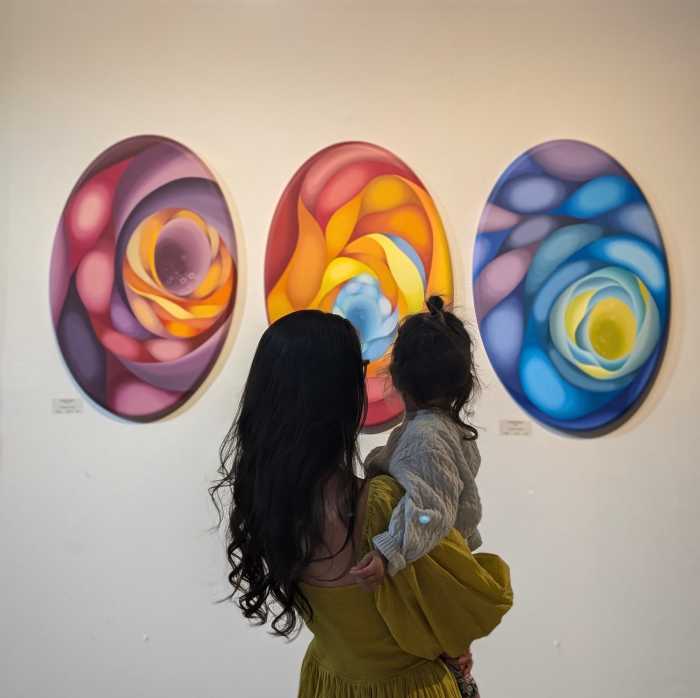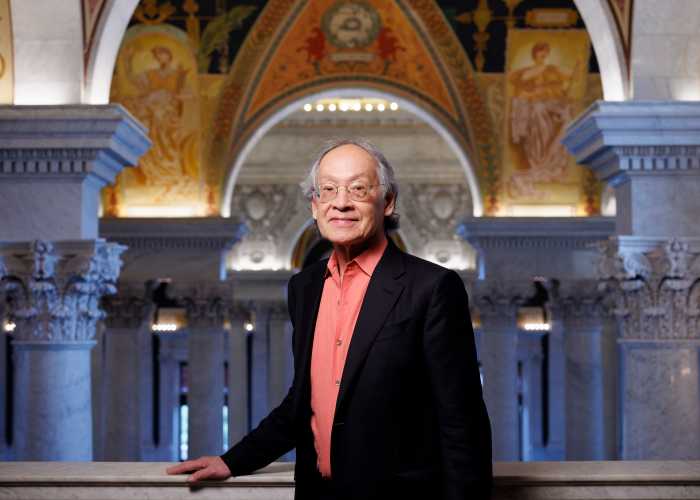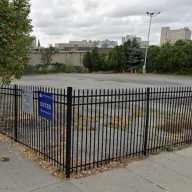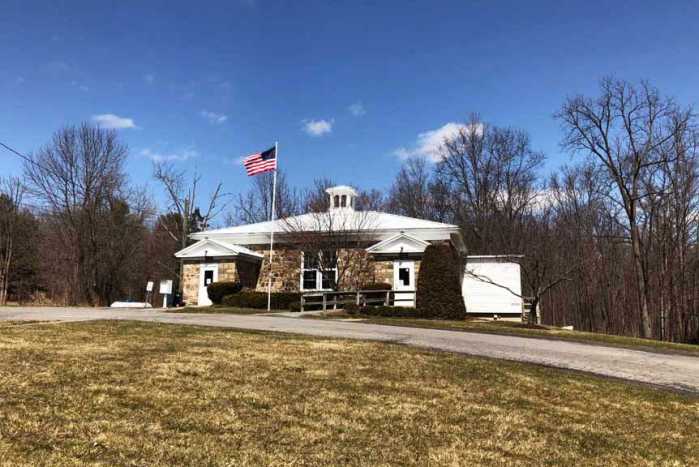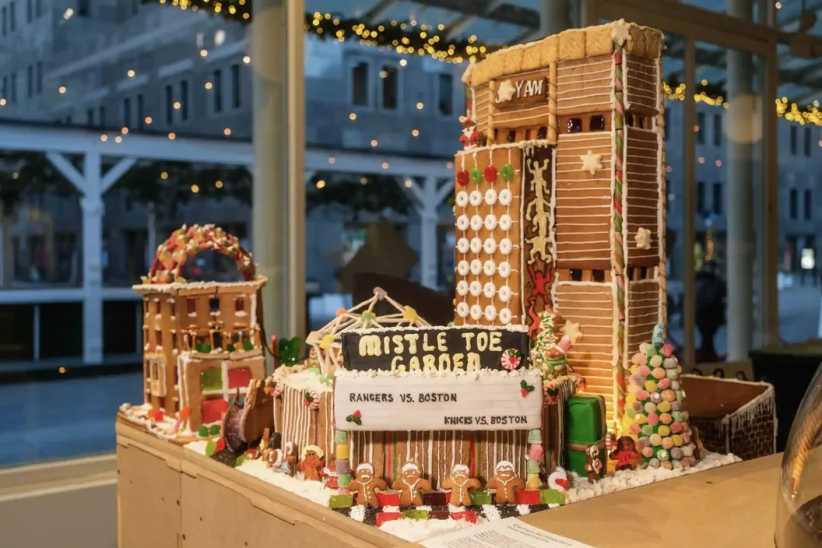Like so many other neighborhoods in New York, the Greater Ridgewood area often serves—even if only for a few scenes—as the backdrop for many television shows and movies. From time to time, we’re going to look at our neighborhood’s cameo roles in some of Hollywood’s biggest hits.

One such classic is the 1971 crime drama The French Connection, filmed in parts of Ridgewood and Bushwick in an era when New York City began to suffer from the negative consequences of urban renewal and economic decline.
Looking back on the film and seeing how the city appeared more than four decades ago, it’s seems almost like a completely different world from what we know today. Every few frames of the film features a barren lot, broken down roads or an overall grimy streetscape.
The French Connection not only offers a glimpse of a suffering city, but also the nearly no-holds-barred war on crime during that period. The plot was based on author Robin Moore’s nonfiction book about one of the biggest drug busts in American history in 1962 which interrupted, if only for a moment, a wellorganized heroin trafficking network linking both sides of the Atlantic.
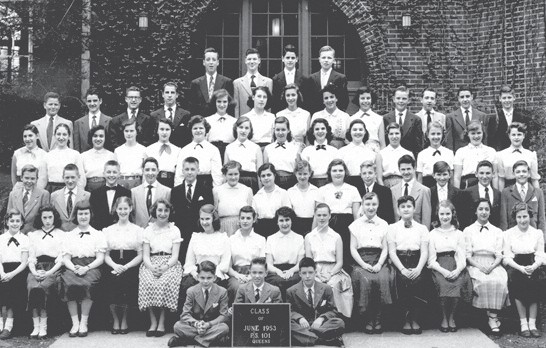
Directed by William Friedkin, The French Connection starred Gene Hackman and Roy Scheider as Popeye Doyle and Buddy (Cloudy) Russo, respectively, two NYPD Narcotics detectives at the center of the investigation. Their characters were based on real-life Detectives Eddie Egan (who had a cameo role as a supervising officer) and Sonny Grosso, both of whom played major roles in the actual 1962 bust.
Running to the hospital
Ridgewood and Bushwick played intricate roles in the early stages of the film, serving as the setting where we are introduced to the detectives and the suspect that sets up the rest of the film.
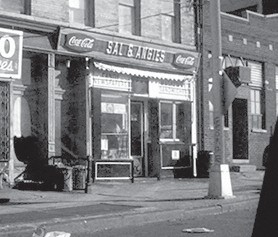
We first meet Doyle and Russo in Bushwick at the corner of Broadway and Melrose Street, where he stakes out a local bar while dressed as a Salvation Army Santa Claus. Moments later, his plain-clothed partner Russo chases a suspected drug dealer out of the Oasis bar and grill, located at 914 Broadway, and Doyle runs to assist.
A few seconds later, the detectives corner the suspect, who then pulls out a knife and slashes Russo in the arm. He then leads detectives on a foot pursuit through Bushwick; at one point, they run through the intersection of Bushwick Avenue and Arion Place.
Finally, the pursuit winds up on Marcus Garvey Boulevard near Ellery Street, where the suspect runs into a large vacant lot. It is here that Doyle and Russo catch up to the perpetrator and rough him up before making the arrest.
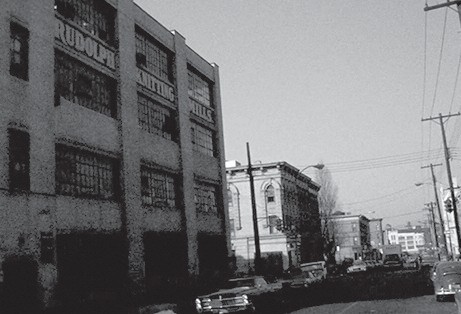
This lot, as it happened, would eventually be developed into Woodhull Hospital Center. The hospital’s large campus— generally bounded by Throop Avenue, Flushing Avenue, Broadway, Marcus Garvey Boulevard and Park Avenue—is a typical “superblock” development common in the city’s urban renewal period between the 1950s and late 1960s.
As early as 1967, the city and state drew up plans to develop Woodhull Hospital as a state-ofthe art public medical center to replace the obsolete Greenpoint Hospital. But the city’s financial crisis during the 1970s would delay Woodhull Hospital’s development.
Finally, the hospital opened in 1982 under the auspices of the New York City Health and Hospital Corporation. It is named for Richard Woodhull, a 19th century ferry operator and local landowner credited with transforming Williamsburg from a rural village into an urban neighborhood.
Hot on the trail in Bushwick
Returning to the film, Doyle and Russo—later shown hanging out at a bar in Manhattan— observe a young couple later identified as Sal and Angie Boca (played by Tony LoBianco and Arlene Farber, respectively) dining with known mobsters connected to the drug trade.
Believing they were onto something, the detectives tail the Bocas the rest of the evening and into the next morning as the couple stops at various Manhattan and Brooklyn locations.
Eventually, the detectives follow the Bocas to Bushwick where they operated Sal and Angie’s Luncheonette at 91 Wyckoff Ave. at Suydam Street. Today, this is the home of Mesa Azteca restaurant.
Doyle and Russo would later stake out the luncheonette from across the street at 70 Wyckoff Ave., then an industrial warehouse. It was identified in weatherbeaten paint as Rudolph Knitting Mills.
Little is known about Rudolph Knitting Mills other than it had an office at 540 Palmetto St. in Ridgewood (before the Philadelphia address system was implemented in New York City) and manufactured sweaters and dresses.
Much as many knitting mills in our neighborhood went out of the picture, so to speak, Rudolph Knitting Mills dissolved in 1979. In recent years, the former industrial building was converted into 51 residential lofts now inhabited by some of the newcomers that arrived in Bushwick over the last decade.
The chase in Ridgewood
Undoubtedly, The French Connection is best known for perhaps the greatest chase in cinema history involving Doyle and a hitman hired by the drug syndicate’s leader—Alain Charnier, played by French actor Fernando Rey—to slay the detective hot on his trail.
Though largely shot along McDonald and New Utrecht avenues in the Brooklyn neighborhoods of Gravesend and Boro Park, portions of the chase were filmed in Ridgewood and added into the scene.
After the hitman fails to kill Doyle at a housing project, he flees to the nearby elevated train station, hops on board the next northbound N train and commandeers it at gunpoint. Doyle flags down and stops a brown Pontiac LeMans sedan, throws out the driver and then pursues the train at high speed on the street; along the way, he smashes into other vehicles and has a few near-misses with pedestrians.
In shooting the chase sequence, Friedkin rode in back of the car holding a camera while a stunt driver—Bill Hickman, who also had a role in the film— traveled through the streets at speeds of up to 90 mph. The car was equipped with additional cameras and a police siren (not heard in the film) alerting other vehicles and pedestrians to get out of the way; viewers instead hear Doyle constantly hitting the car horn throughout the pursuit in a frantic, almost rhythmic pace.
Toward the end of the chase, Doyle is seen losing control of the car and smashing into a silver metal fence with the words “No Parking” written on it in black spray paint. This fence was located for many years on Onderdonk Avenue directly under the M train tracks.
Garages and lots once occupied either side of the elevated tracks, but in recent years they were torn down to make way for multi-family brick homes.
Doyle manages to reverse the smashed up LeMans, then continues south along Onderdonk Avenue before turning east on Woodbine Street, still in pursuit of the hijacked train. By this point in the film, its motorman collapses from the stress, and the hitman quickly realizes the train is now speeding out of control.
A few frames later, Doyle is pictured continuing to follow the train, now located in the background about a block away from him. This scene was shot on Putnam Avenue between Fresh Pond Road and Forest Avenue; the train seen here is actually a Manhattan-bound M train crossing over 60th Lane and 60th Place.
Though the viewer is led to believe Doyle and the train are traveling east, they are—in fact— both heading west.
Just before the chase reaches its climax, Doyle nearly strikes several cars while turning at the zigzag intersection of Putnam and Forest avenues.
The chase, however, doesn’t end in Ridgewood, but in Boro Park at the 62nd Street N train station, where the out-of-control train was shown to have crashed. The hitman survives the wreck, manages to climb out of a train car and eventually heads out of the station—where an exhausted Doyle, gun drawn, is waiting for him at the foot of the stairs.
If you have any remembrances or old photographs of Our Neighborhood that you would like to share with our readers, please write to the Old Timer, c/o Times Newsweekly, P.O. Box 863299, Ridgewood, NY 11386, or send an email to neighborhood@timesnewsweekly.com. Any print photographs mailed to us will be carefully returned to you.


